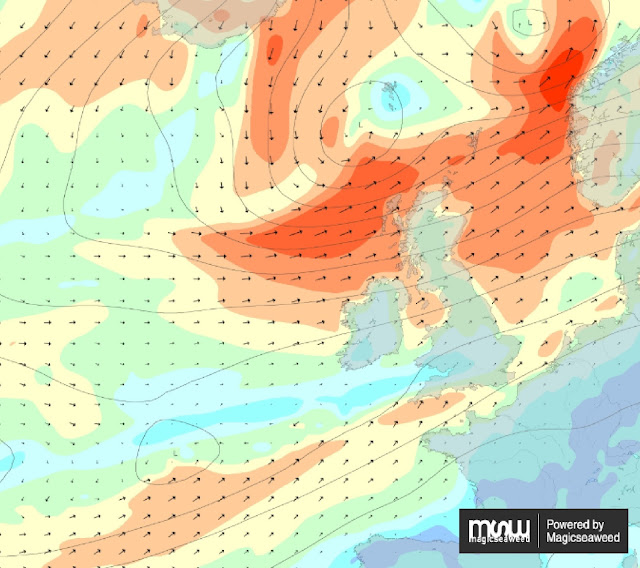
Most birders look forward to September with optimism. Migration is now in full swing, and it can be a particularly rewarding time to find
a variety of different species - especially after a summer period with
generally little change. However, the extent to how productive a day’s birding can be is largely determined by the prevailing weather conditions. An easterly
airflow can bring with it a stream of migrating birds from the near continent,
whereas westerly winds are usually less productive (though still can be very
inviting to west coast birders searching for American rarities!) Unfortunately
so far this September the weather has largely been dominated by the latter and
thus the birding (in this part of the country) a little slow.
Patchworking in the last couple of weeks hasn’t been as
successful as I would have liked. The Cam Washes, which has been productive at this time in previous years, is completely dry and therefore mostly hard work finding good birds. I have therefore
been spending most of my birding time at the nearby Research Park. There hasn’t been
anything too spectacular here yet, but it has been nice to see the Bittern fairly
regularly as well as a several common passage waders (Common and Green Sandpipers,
plus a few Snipe) on the island as water levels continue to drop. The most
tantalising sighting in recent weeks was a ringtail harrier, which flew quickly
over fields to the south of the Research Park on the 15th. Annoyingly
it was always distant as it flew NW towards Cottenham, and sadly I didn’t have
my scope, thought I did manage to fire off a few record shots. To me it looked too
short-winged and bulky for either of the rarer harriers and lacked any orangey
underparts – which pointed towards it being a Hen Harrier. However, I would have liked much better views to be certain of this identification; mainly as
there seems to have been a small influx of Pallid Harriers in recent weeks – now that would have been nice!
 |
| Little Grebe (juvenile) - Cambridge Research Park |
 |
| Ringtail Harrier sp. |
Birding slightly further afield has provided better quality of birds. I had a good morning at Grafham Water on the 9th - birds seen
around the reservoir included: 2 Black Terns, a juvenile Osprey, a Sanderling on
the Dam and a confiding juvenile Curlew Sandpiper. A quick trip to Paxton Pits
on the 15th produced a Black-necked Grebe as well as a variety of
common waders. Then to Fen Drayton Lakes on the 17th where a Cattle
Egret was seen on the island at Ferry Mere (6 were seen subsequently at nearby Mare Fen by other observers).
 |
| Curlew Sandpiper (juvenile) - Grafham Water |
 |
| Common Sandpiper - Fen Drayton Lakes |
On another note, this week I was inspired to read A Peoples Manifesto for Wildlife which has been drawn up by Chirs Packham and the collaborative efforts of a
group of high-profile conservationists. The
manifesto certainly provides a very ambitious set of proposals, but most are logically thought-out and well reasoned. The action proposed is bold yet also timely,
since biodiversity is being lost at such a tremendous rate in the UK (the first
page of the manifesto highlighting the declines for a depressingly large selection of
species). I was left thoroughly inspired after studying this document and I
really do recommend giving it a read through.







No comments:
Post a Comment